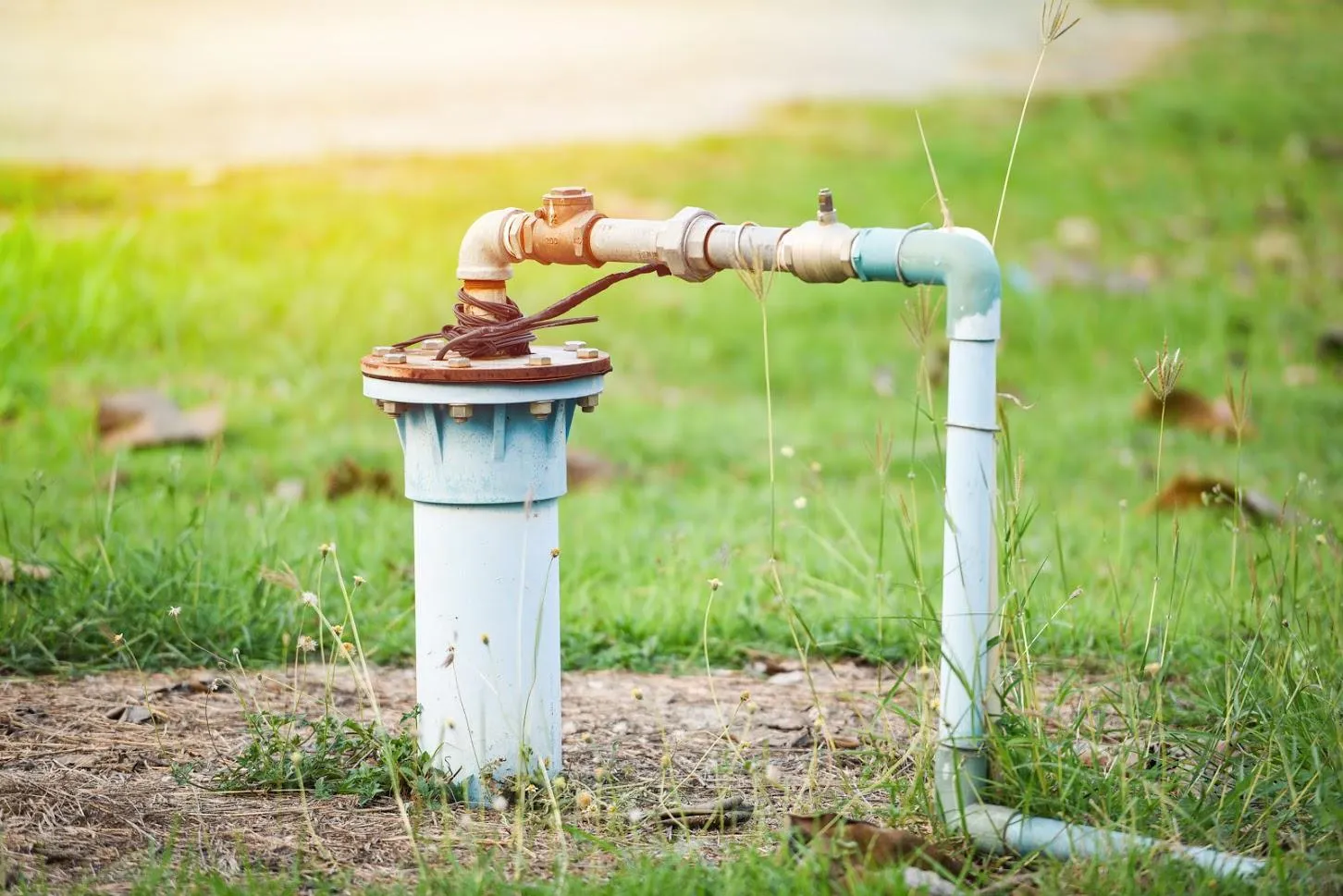
Important Maintenance for Your Water Pump and Well
A water well is a complex system. Typically, well plumbers submerge a submersible pump into the ground. A pressure switch inside a pressure tank triggers when the pressure drops below a preset level, causing the pump to engage and refill the tank. If you have a jet pump, though, the pump works by suctioning water up from the well.
Regardless of what type of water pump you have, it and your well require regular maintenance to keep clean water in your home.
Have Your Water Tested
An important maintenance task for your well is to have the water tested. Obviously, you want potable water in your home, and that starts with your well. You should have your water tested yearly to identify any existing problems that make it unsuitable for drinking or livestock watering. Health-wise, you’ll want to test for the following:
- Bacteria
- Nitrate
- Sulfate
- Fluoride
- Pesticides
In addition to those above health-related tests, you might want to run tests for palatability, including for ions and total dissolved solids. If the testing reveals an issue, you’ll want to work with your well experts to devise a treatment plan.
Listen to Your Well Pump
Most homeowners like the well and its systems to operate unnoticed in the background. Well, you don’t need to listen to your well pump like music, but do pay attention to it periodically. New or changing sounds can herald an imminent problem. In addition to new sounds, you might notice a change in pitch or vibration of the pump.
For instance, you might hear a ticking noise. This ticking can indicate that a bearing or impeller is rubbing up against other parts of the pump’s workings. If you hear a gurgling or hissing noise, you might have a failing bladder tank.
As you tune in to your well, pay attention to the sounds of the operating cycles, especially at night. If you hear the pump cycling on at night, when no one’s using water, you might have a water-logged tank or some kind of valve leak.
Visually Inspect the Water Pump
In addition to listening to your water pump, you should also give it and its components a visual once-over. Preventative maintenance, or at least vigilance, can save you time and money in repairs. As with anything else, catching an issue early prevents it from growing and becoming more complicated.
If you have a jet pump system, it’ll be located mostly above-ground. You can visually inspect the pump to ensure the seals and oil bearings appear to be in good repair. Look around the storage tank for leaks or rust.
With a submersible pump, you’re obviously limited in what areas you can visually inspect. However, you likely have the pressure tank located in your basement or somewhere else you can access. Check the seals. Likewise, as with the storage tank, look for leaks or rust around the pressure tank.
Start a Log for Well Performance
When you’re on city water, the municipal government employs inspectors to keep track of the water and its systems. However, when your water comes from the well, you have to become the water inspector.
First, ensure you keep a log of all test and inspection reports. For instance, you should include basic information about the well such as its depth and initial flow rate in gallons per minute (GPM). As noted above, you’ll want your well water tested annually, so keep track of the results and any treatments as needed.
However, you should also log the overall well performance. So, you’ll want to start with your baseline flow rate and track the flow rate on a regular basis. If you see a significant decrease, you may have to rehabilitate your well. If you detect such a decrease, have a professional water well contractor in to inspect and service your well.
Keep your pump and well in good working order with regular maintenance. Contact Bruce MacKay Pump & Well Service, Inc., for all your maintenance needs.

